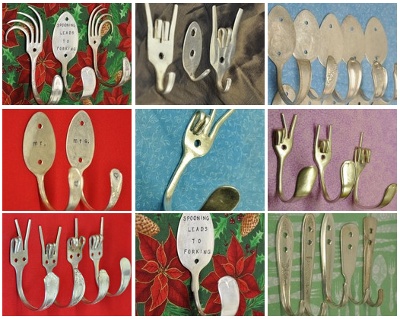How can I reuse, recycle or upcycle biscuit/cookie cutters?
(I still need more inspiration for green new year’s resolutions or green goals for 2012. I think I’m probably going to end up doing 12 small things – one a month – rather than one big thing over the year — and I need ideas! But for now, back to regular scheduled “how can I recycle this?”ing :) )
 Bettina has asked:
Bettina has asked:
How can I reuse cookie cutters? Other than as soap molds.
First things first, it has to be said: do consider passing them on if they’re still in usable condition so other people don’t have to buy new. Charity/thrift/op shops will probably take them to sell on, as would many schools/community groups for use during bulk cooking sessions for special events.
Now some onto reusing/upcycling ideas: just yesterday I saw someone using little cookie cutters that they’d got in Christmas crackers (& the like) for cutting out salt dough buttons and cute pedants/jewellery – I guess that’s not really that different to the original biscuit cutting idea but is a crafty rather than culinary angle.
Decent size metal cookie cutters can be used to shape fried eggs – stop them from stretching out right across the pan. We’ve got a round one that’s standard English muffin size so we can have round, deep fried egg muffins for breakfast – yum! (Warning: they do get hot while frying! They cool down quite quickly once off the heat but take care if you try this!).
Moving away from the kitchen, some people hang or mount them for decorative purposes – obviously ones more interesting than just round or just square work best for that (for example, snowman or star shaped ones for Christmas decorations, or hearts for Valentine’s or even all year around ones in romantic households ;) ) – but those simple round/square shapes could be used as little box frames for tiny pieces of artwork/special items. If you want to upcycle them to match your decor or if they’re discoloured, you could paint them with paint suitable for metals (enamel paint?)
Or you/kids could use them as stamps for painting.
Any other ideas for ways to reuse them?
(Photo by schleicher)



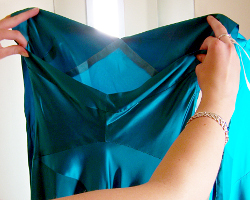 It’s so easy to forget about things once they’re tucked away in a cupboard – the scratty tinsel, the old electronic device that’s been replaced, the party dress you won’t probably wear again until next Christmas when it might be outdated or not fit… We’re terrible at putting things on a shelf “just in case” then not only forgetting them but getting blind to the fact they’re unwanted – if we didn’t want them, why have we kept them so long? – or even there (I get to the point where I just look through rather than at clutter around the place).
It’s so easy to forget about things once they’re tucked away in a cupboard – the scratty tinsel, the old electronic device that’s been replaced, the party dress you won’t probably wear again until next Christmas when it might be outdated or not fit… We’re terrible at putting things on a shelf “just in case” then not only forgetting them but getting blind to the fact they’re unwanted – if we didn’t want them, why have we kept them so long? – or even there (I get to the point where I just look through rather than at clutter around the place).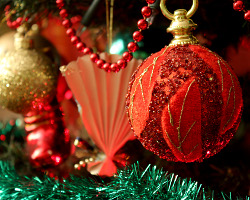 This is particularly important for Christmas decorations or other themed items. I know a lot of people who buy their Christmas wrapping paper, cards and novelty gifts in the previous year’s January sales – saves a lot of money. Fresh off the back of Christmas, people remember how expensive it is and think ahead to minimise the issue the following year. By May or June though, last Christmas is a long distant memory and next Christmas is still an eon away – and people will be less interested. Now though, people will stash your spare goodies away along with their own Christmas stash.
This is particularly important for Christmas decorations or other themed items. I know a lot of people who buy their Christmas wrapping paper, cards and novelty gifts in the previous year’s January sales – saves a lot of money. Fresh off the back of Christmas, people remember how expensive it is and think ahead to minimise the issue the following year. By May or June though, last Christmas is a long distant memory and next Christmas is still an eon away – and people will be less interested. Now though, people will stash your spare goodies away along with their own Christmas stash. This is the ultimate reason we pass stuff on – so our items don’t end up in landfill and someone else doesn’t have to buy a brand new product that has been made with brand new resources.
This is the ultimate reason we pass stuff on – so our items don’t end up in landfill and someone else doesn’t have to buy a brand new product that has been made with brand new resources.
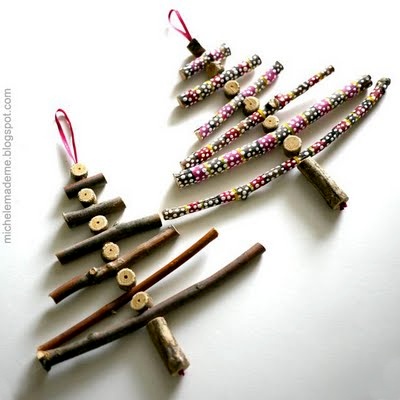
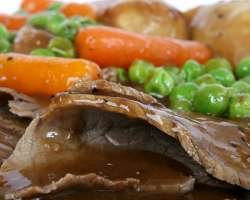 Most food scraps are great for a compost heap – they tend to rot down quickly and can help keep a brown-heavy compost heap balanced, particularly in the winter when there is less fresh green matter around the garden.
Most food scraps are great for a compost heap – they tend to rot down quickly and can help keep a brown-heavy compost heap balanced, particularly in the winter when there is less fresh green matter around the garden.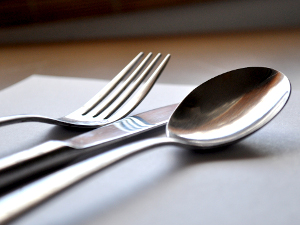 Last week’s post about
Last week’s post about 
